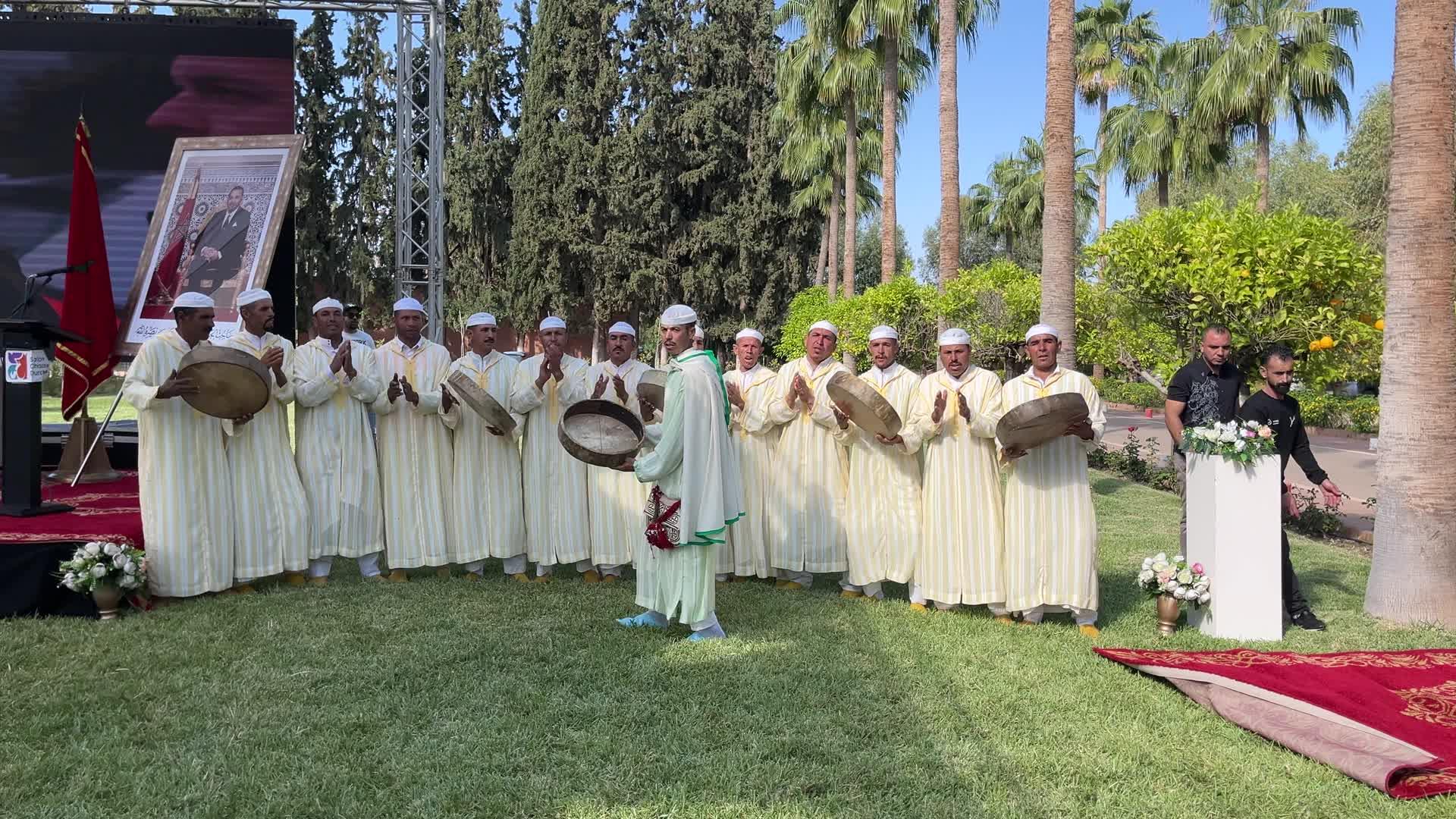
In einem Rothschild-Jagdschloss in den österreichischen Alpen Eingehüllt in Wälder und Hirschherden ist ein Rothschild-Jagdschloss in Österreich nach wie vor ein beliebter Rückzugsort für Familien Das Wohnzimmer ist mit Holzsesseln aus den 1870er Jahren und einem mit Etro-Stoff gepolsterten Sofa ausgestattet. eine antike Zeichnung von Franz von Pausinger wird von türkischen Krügen flankiert; Hoguets Bruder Geoff entwarf die Ottomane; und die Vorhänge sind aus Cowtan & Tout-Samt. Österreichs steirische Alpen Wiege der Sommerfrische der Schriftstellerin Nancy Hoguet, ein Jagdschloss aus den 1870er Jahren, das von ihrem Urgroßvater Baron Albert von Rothschild in Auftrag gegeben wurde. Foto von Ricardo Labougle
Post: 15 December 10:52












































